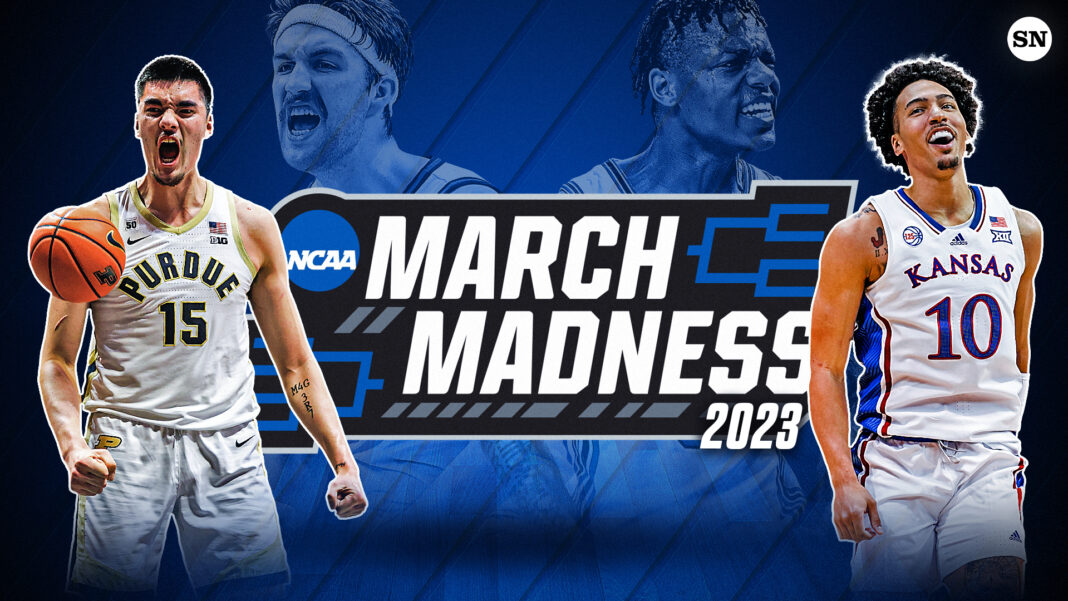In the NCAA tournament, No 15 and No 16 seeds are winning by a considerable margin. Is this a statistical anomaly or an indication of a broader pattern?
As always with March Madness, upsets have been a hallmark of the event. The 2023 tournament had barely tipped off when No 13 seed Furman, the smallest school by enrollment making their first appearance in 43 years, sent fourth-seeded Virginia packing. Fans have come to expect the unexpected at an event like this, so half of the four No 1 seeds were already out by the end of opening weekend.
The teams that are springing upsets are unusual.
It took more than thirty years since the current format’s introduction for a No 16 seed to beat a No 1 for the first time. Now, within the span of five years, it has happened twice – Fairleigh Dickinson just shocked Purdue on Friday and UMBC made history. Moreover, No 15s had only won four tournament games in the 64-team era that started more than 25 years ago, but Princeton recently shockingly entered the Sweet 16 and with Saint Peter’s charmed run in 2022, that number has risen to 12 since 2012.
Could there be a reason why these extreme upsets have increased in recent years? Your guess is as good as mine, but now seems like a good time to investigate.
The NCAA transfer portal was implemented in 2018, along with new regulations that enabled student-athletes to switch schools without needing to sit out a year. This has resulted in an immense rise in transfers, as they were offered the opportunity to play right away. It’s a questionable alteration that has led coaches to recruit transfers equivalently, or at times more so than their fresh recruits from high school. By bringing on a seasoned player, teams can advance quickly, bypassing the adaptation period most high schoolers transitioning to college need. As coaches often say: “The best thing about freshmen is that they become sophomores”. Another phrase heard among the basketball coaching sphere is: “Don’t be young” – experience trumps all else.
The transfer portal has been a huge boon to Fairleigh Dickinson
Allowing them to expand on the four-game winning season they had last year. The team is incorporating today’s popular ‘pace and space’ style of offense, which involves going small, playing quickly and seeking out talented shooters. This style of play allows teams to spread the court by avoiding posting up in the paint, while attempting to score either from 3-point range or via dribble penetration and cutting. FDU, with its Division I lowest roster height this year, are utilizing a ‘5 out’ system–forcing their opponents’ tallest player, 7ft 4in Zach Edey, to guard far beyond his usual range. By doing so, not only does it restrict the protection of their rim that he would normally offer; it also makes it difficult for him keep up with the smaller players who can shoot at greater distances.
The Princeton Tigers pulled off a feat of surprises
Beating No. 2 Arizona and No. 7 Missouri, securing a spot in Sweet 16 for the first time since 1967. Their offense has shifted away from the “chin” sets that famously beat UCLA back in 1996 to a more modern style featuring more pace, space, on-ball screens and dribble-drive gaps. Even with this new approach, their struggles have been alleviated by NCAA skillful players who are connected to one another and can make shots when it matters most – which is exactly what happened against the Wildcats and Tigers. As we ask ourselves if the NCAA selection committee made the right call or if Princeton just got hot at the right time, one thing is clear: no coach wants to face such an experienced team with grit and precision NCAA.
Upsets during March Madness bring a sense of unpredictability, as the effects of the transfer portal and increased attention to space and shooting have resulted in a shift in the tournament. No longer are No 1 or No 2 seeds certain candidates for the round of 32; this makes the opening week a must-see event!


